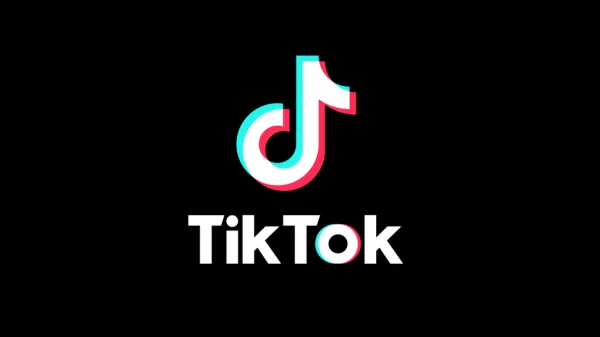The Demise of Valve Studios
From Gaming Revolutionizer to Money Hungry Sellout
Valve Studios, once regarded as a major player in the gaming industry with countless masterpieces such as Counter-Strike Global Offensive, The Half-Life series, Left 4 Dead, and Portal, has recently fallen into a vast amount of legal trouble stemming from poor decisions and greed. To understand how they got to this point, however, let’s start at the beginning.

Valve began as a small game company with only four members in Kirkland, Washington in 1996. The company was committed to bringing the most player-friendly yet expansive storylines and games to players. Being interactive with their fans (through letting them mod the game and interactive events) provided Valve with a lot of respect within the gaming community. The game that is considered the face of Valve is the Half-Life series. Beginning with Half-Life 1, released in November of 1998, this game changed the industry. Developers constantly added new player functions and amazing storylines, immersive experiences, and great characters. As a result, it was considered a game-changer and spawned a sequel.
Sequels are commonly considered inferior to their original counterparts, however, Half-Life 2 was different. Released in 2004, the game was a complete success. Some even claimed it was better than the original. With the support of their community, Valve made it possible for players to modify their games. They allowed players to improve and manipulate the code, adding new features to the game on their own. This would not change the main game, but allow users to almost make their own version of it. Users could change the code and add their own assets using different software. Once one of these “mods” was released and did well, Valve promoted them and sold them.
However, the company’s problems began with their reluctance to release Half-Life 3. They teased and talked about making it multiple times, but always ended up canceling. They gave no reason for this, and would not comment on it during interviews.
This, however, is not the only game they promised to release but didn’t. Left for Dead is another example. This is a zombie survival game with a unique character that fans really enjoyed. After the huge success that were the first two games, fans expected the third game. With all the hype these games gained, Valve incorrectly stated that they were going to release the third game in the series. However, what fans got next was not what they were hoping for: an entirely different game titled Artifact in 2018. This game was just an average card game – immensely disappointing for a fan base expecting similar gameplay and storyline to Left for Dead. Even worse, it was pay-to-win, meaning that the more money you spent in the game, the more advantages you received. Obviously, this game was not received well, gaining only 1,100 players online as a PC-only game. It was an embarrassment for Valve.
Another reason for the company’s decline was the corporation’s greed. Valve began with no microtransactions (items you can buy within the game), but eventually started adding them rapidly, the most prevalent being in Counter-Strike Global Offensive (CSGO). Valve added knives for the characters and skins for weapons so players could diversify. At first, users could get these items normally through the game. However, they were later monetized.
This created a literal video game black market with CSGO slot machines, betting websites, and scammers. Knives and cosmetics (in-game items that don’t give players an advantage) would price in the thousands, and people would bet huge amounts of money to obtain them. It even created a market of sorts, with people buying cosmetics low and waiting for prices to rise, then selling them for a profit. Valve even promoted these trades on the Steam market (Valve’s game store and launcher), raking in $1 billion dollars in passive income. This, coupled with the fan’s distrust of Valve’s ability to make new games, are the reasons many gamers now regard them as the company that used to make video games. That is the story of Valve: from a leader in the game development industry to a money-hungry sellout.














